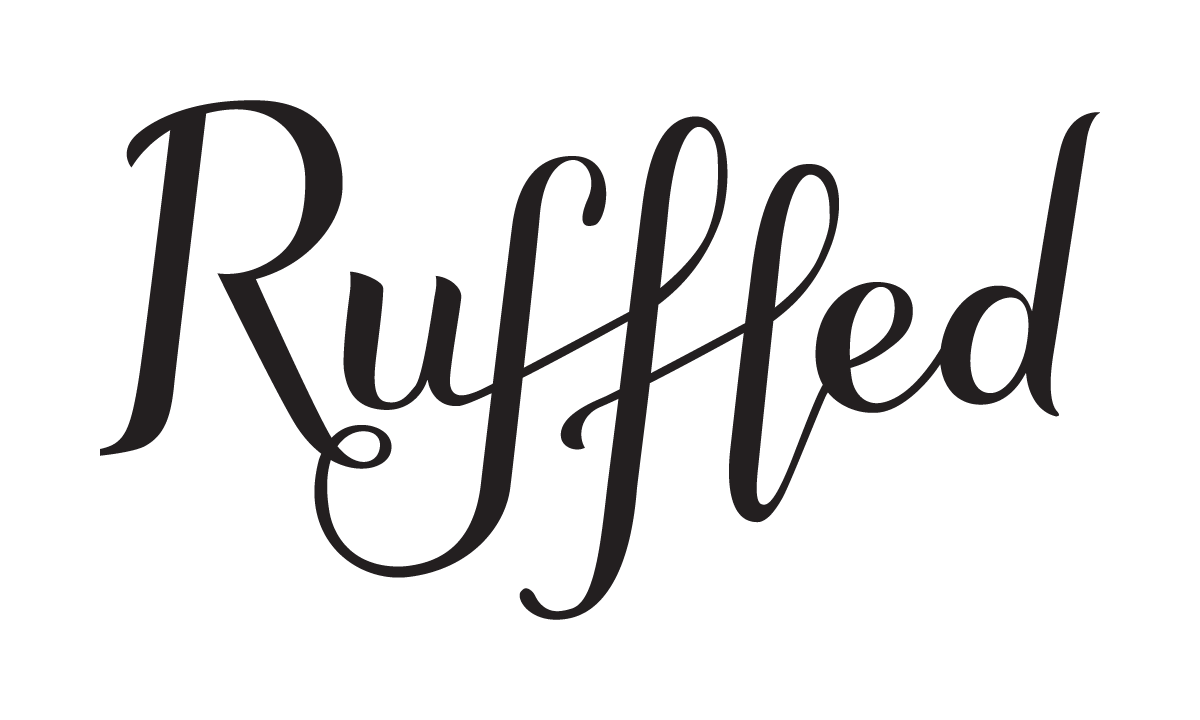DIY Paper Flowers


Craftstylish always has the nicest DIY projects. This bouquet of paper flowers is unbelievably beautiful!
What you’ll need:
White, translucent paper (vellum)
Floral wire (14-18 gauge should be fine)
Green floral tape
A 3″ circle template (a simple juice glass as my template.)
A pair of scissors and a craft or X-Acto knife
A pair of small needle-nose pliers
High-quality paper adhesive
Step 1: Begin with a 3″ circle of paper. You’ll need one disk of paper for each blossom. Given the relatively small size of each of these flowers, I recommend making at least two dozen blossoms in order to have a spray of flowers substantial enough to fill a vase. Luckily, the vellum paper is quite thin, so it’s possible to cut three or four disks at once.(you can also forgo cutting full circles and try this quick technique to make paper flowers i mentioned a few months ago).
Step 2: Begin by folding the circle of paper in half, then again, into quarters, and one final time, into eighths. Firmly press all creases to ensure they are sharp and straight. Using this DIY tutorial I showed a few months ago, trim the ends with rounded corners.
Step 3: Using a craft knife, trim two petals, being careful to leave a small flap. Glue flaps using a paper glue that will dry clear (like Zip Dry). Hold until dry. The flower will then have a cone shape.
How to attach flowers stems:
Step 1: Begin with a piece of floral wire 10–16″ long. Use the needle-nose pliers to form a small loop (approx. 1/4″) in one end. Wrap the loop with a small length of green floral tape to form the pistil of the flower.
Step 2: Gently thread the wire through the center of a completed paper blossom. Hold the blossom between the thumb and forefinger of one hand. Beginning at the base of the blossom, wrap the remainder of the wire with floral tape. This is best done by rotating the wire stem with one hand while holding the floral tape snugly in the other hand.
More detailed images and instructions can be found here.

